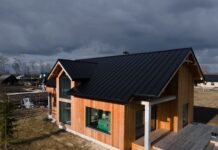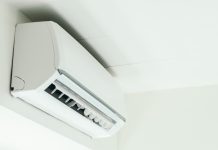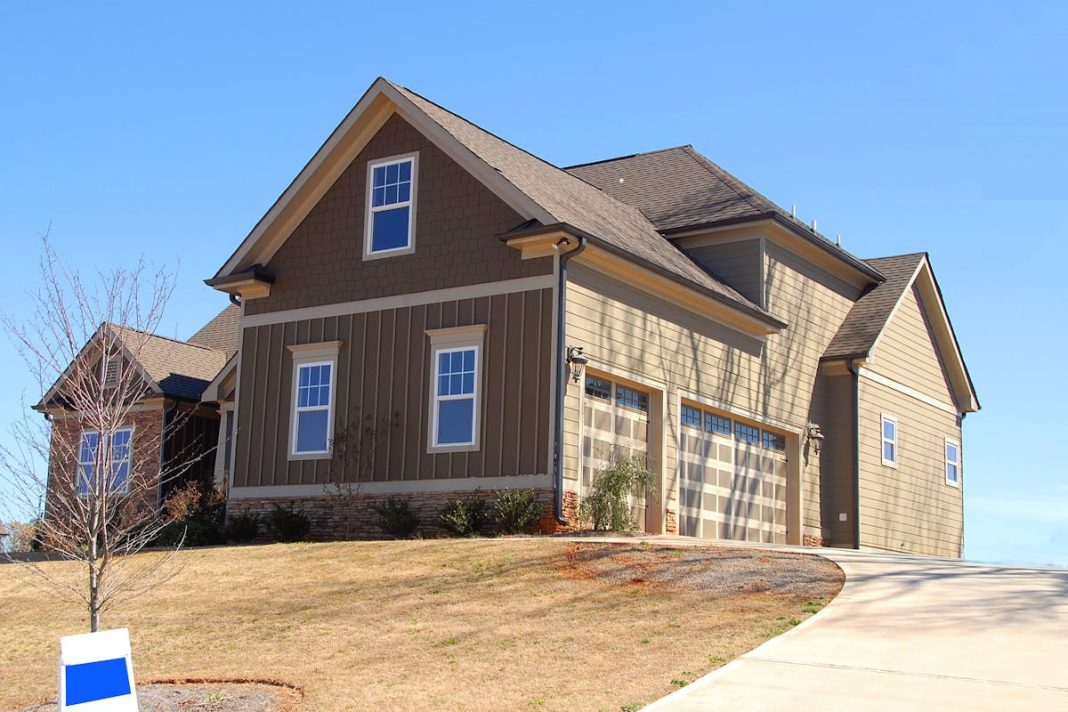Caring for your living space takes more than a once-a-year deep clean. It’s about acting early, being strategic, and focusing on what really makes a difference. In a place where winters can be freezing and summers bring plenty of heat, your approach to keeping your place in shape needs to adapt with the seasons.
One of the most important things you can do is pay attention to the features and appliances that impact your comfort daily. Whether it’s worn-out units or old infrastructure, fixing the right areas at the right time can make your environment easier to live in and more affordable.
Here’s what you should focus on, what to upgrade, and where it counts most:
Prioritize What Affects Safety First
Before thinking about surface updates or minor annoyances, focus on anything that might affect the safety of people in your living area. That includes faulty wiring, old fuse boxes, loose steps, or even uneven flooring that poses a trip risk. It’s also wise to look at smoke detectors, carbon monoxide alarms, and gas lines. These elements might not be visible all the time, but they’re essential.
Another area to check is your heating equipment, especially during the colder months. Avoid DIY fixes if you suspect something serious. Instead, call someone trained to handle these issues. It’s better to act early than wait for an emergency. A safe home isn’t just about avoiding big disasters. It’s about minimizing small risks before they become bigger problems.
Keep Your Cooling and Heating Systems Efficient
In Hagerstown, MD, your cooling and heating setup takes a beating year-round. Long summers push AC units hard, and winter chill keeps heaters working overtime. If you rely on a ductless setup, watch for signs it needs attention. When rooms start feeling uneven, or you hear strange sounds, it could mean trouble is brewing.
A common issue is refrigerant leaks, which not only affect performance but also increase costs. Signs such as a frozen coil, water leaks, or weak airflow indicate it’s time to take action. If you’re experiencing any of these problems, it might be time to schedule a mini split repair in Hagerstown, MD, before minor symptoms lead to major expenses. Waiting too long often leads to breakdowns when you least expect them.
Don’t Wait to Repair Leaky Roofs or Gutters
Water damage can sneak up fast, especially when roofing materials age or your gutters overflow. In towns with varied weather, even a brief storm can cause long-term trouble. Start with a visual check, like missing shingles, warped flashing, or signs of water inside your attic.
If you notice stains on the ceiling or walls, that’s another red flag. Overflowing gutters also direct water toward your foundation, which can weaken the structure over time. Don’t assume minor drips will go away on their own. While total replacements can be pricey, early attention saves you from major damage. You don’t need to spend a fortune. Sometimes, all it takes is a small fix at the right moment to keep water outside where it belongs.
Upgrade Windows for Better Insulation
Drafty windows can make it tough to stay warm in winter or cool in summer. Older ones may also rattle during storms or let in outdoor noise. One way to improve energy use and comfort is by updating them with newer designs that offer better insulation. In this region’s shifting temperatures, these small changes make a noticeable difference in how a room feels.
While full replacement isn’t always necessary, look into double-pane or low-E glass models if yours are outdated. Sealing gaps with weather stripping or caulk helps too. It’s not just about the bill. Better insulation also supports stable indoor temperatures. This keeps your setup from overworking and extends its lifespan. Smart window choices are about comfort and savings in one move.
Modernize Outdated Electrical Setups
Older electrical layouts weren’t built for today’s gadgets and demands. If your circuits trip frequently or outlets feel warm, that’s a sign the system is struggling. In homes built decades ago, the wiring might not support multiple appliances running at once. This increases the risk of short circuits or even fire. Upgrading might involve installing grounded outlets, adding circuits, or changing an outdated panel.
It also gives you the chance to make things more user-friendly—like adding USB ports or adjusting outlet placements. In homes where historic design meets modern living, these adjustments blend function with convenience. Don’t wait for sparks or outages. Being proactive can save time, lower risk, and improve how your space supports your daily routine.
Fix Drainage Issues Early
Poor drainage leads to more than just soggy soil. It can affect your foundation, floors, and even indoor air quality. Pooled water around the base of your structure often signals problems with grading or disconnected downspouts. You might also notice mildew forming near the lower parts of your interior walls or musty odors.
Simple changes, like redirecting water away with extenders or adjusting slope levels outside, can make a huge difference. In more serious cases, adding a sump pump or underground piping helps move water away efficiently. Ignoring these signs can result in long-term damage that will be far more costly to rectify later. Taking care of drainage doesn’t require big changes. It’s about small, smart decisions that keep moisture where it belongs and away from your living area.
Keeping your place in shape doesn’t mean doing everything at once. It’s about choosing wisely. Fix what really matters now and upgrade what makes the most difference in how you live.
Whether it’s a small appliance on its last leg or insulation that’s long overdue for an update, each improvement plays a part in how well your space supports you. Smart decisions keep costs manageable and your environment easier to enjoy. Regular attention to the right areas builds long-term value and comfort you can feel. You don’t need perfection. You need a plan that focuses on what counts most.


























